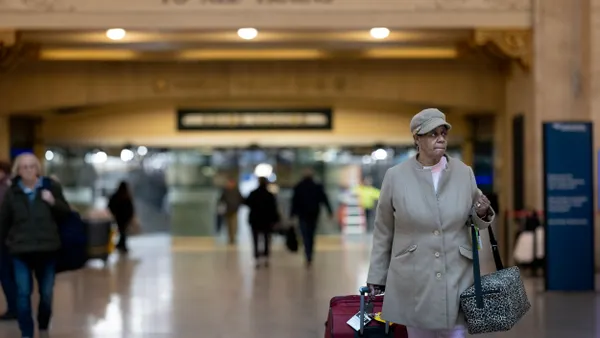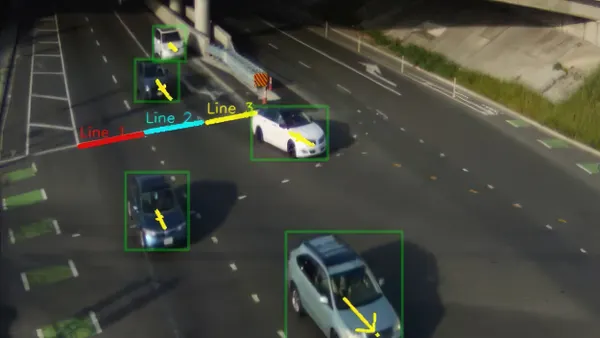Dive Brief:
- Legislation in California that would require new vehicles to warn drivers when they are going more than 10 mph over the speed limit went to Gov. Gavin Newsom on Sept. 11. He has until the end of the month to sign or veto the bill. If signed, California would be the first state in the nation to enact such a law.
- The legislation would apply to passenger vehicles, trucks and buses beginning with the 2030 model year. The bill specifies a brief, one-time visual and audible signal to alert the driver. It exempts emergency vehicles, motorcycles and passenger vehicles lacking GPS or front-facing camera.
- Supporting organizations include the National Safety Council, American Automobile Association, America Walks and CalBike. The National Motorists Association opposes the bill.
Dive Insight:
In California, 1,509 people died in speeding-related collisions in 2021, according to the National Highway Traffic Safety Administration. “Rising levels of dangerous speeding are placing all Californians in danger, and by taking prudent steps to improve safety, we can save lives,” said California Sen. Scott Wiener, a Democrat representing San Francisco, in an Aug. 31 statement. Wiener introduced the bill.
California established a pilot program last year enabling six cities in the state to use automated speed safety cameras. Other cities have taken action to reduce speeding using automated camera enforcement. Philadelphia installed cameras along a dangerous stretch of Roosevelt Boulevard in 2020, and a recent Streetlight Data analysis found that a greater percentage of drivers now travel at or below the speed limit in that area. In New York City, speed cameras in school zones resulted in a 73% reduction in speeding from 2019 to 2022 where cameras were installed.
Over 60% of U.S. adult drivers said they would be okay with an audible and visual warning when exceeding the speed limit in a survey from the Insurance Institute for Highway Safety released in June. More than 12,000 people died in speeding-related crashes across the U.S. in 2022, according to data from the National Highway Traffic Safety Administration.











